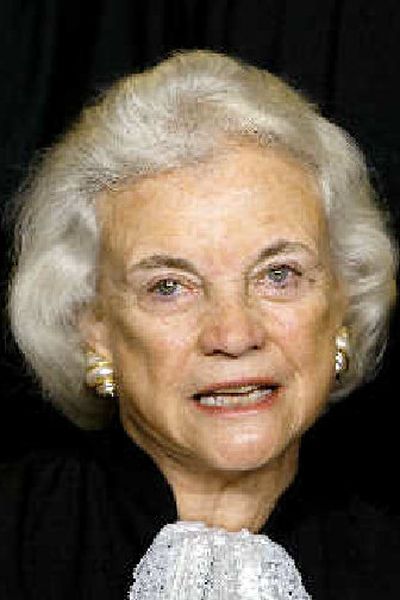Delayed departure could tie up court

WASHINGTON – Justice Sandra Day O’Connor reaffirmed Monday that she would remain on the Supreme Court until her successor is confirmed, but her presence is likely to have more symbolic than practical significance.
That is so because a justice’s votes really count only when an opinion is issued, not when the court first hears a case. At first glance, O’Connor would look to be a tie-breaker for cases heard in October or November, before President Bush’s nominee to replace her is likely to be confirmed by the Senate.
But the opinions in those cases are not likely to be issued until early next year, after O’Connor presumably would be gone. Therefore, her vote would not count, and the court could find itself evenly split 4-4.
In such instances, the justices can order the case to be reargued before the full nine-member court.
When O’Connor sent a retirement letter to the president on July 1, she closed by saying that her retirement would be “effective upon the nomination and confirmation of my successor.” She also said she was leaving to spend more time with her husband.
White House aides said Bush called O’Connor Monday morning to tell her he had named Roberts as chief justice. In that call, she reiterated her pledge to stay on the court until Bush could win confirmation for her replacement.
Senate Democrats also cited O’Connor’s presence as a reason for not rushing to choose and confirm a second Bush appointee.
Her presence could prove significant if the Senate were to block Bush’s choice for her replacement. But if the president’s nominees win confirmation by December, she is not likely to cast decisive votes.
On Oct. 5, two days after the court’s term begins, the justices are scheduled to hear a major test of the nation’s only right-to-die law. Oregon permits doctors to prescribe lethal medication to individuals who are terminally ill and wish to hasten their deaths.
The Bush administration has sought to nullify the law by threatening doctors with a loss of their right to prescribe medication. They rely on federal drug control laws and argue that prescribing lethal medication is not a legitimate medical use of these drugs.
Oregon’s officials and two lower courts have said the state has the power to regulate the practice of medicine.
The White House says it would like to have Roberts confirmed as chief justice by the time the court convenes, and Senate Majority Leader Bill Frist, R-Tenn., said Monday that he expected to have a confirmation vote before the full Senate by late September. There is little chance, however, that a successor to O’Connor would also be confirmed by the court’s opening day.
Two days after the argument in the Oregon case, the justices will meet behind closed doors to vote. If the court splits 5-4 with O’Connor in the majority, her vote would look to be decisive. But since the justices typically work months on their majority and dissenting opinions, the ruling probably would not be announced until early next year, after O’Connor’s replacement is confirmed. In such a case, the court would be split 4-4, and it would have to reargue the case to include the new justice.